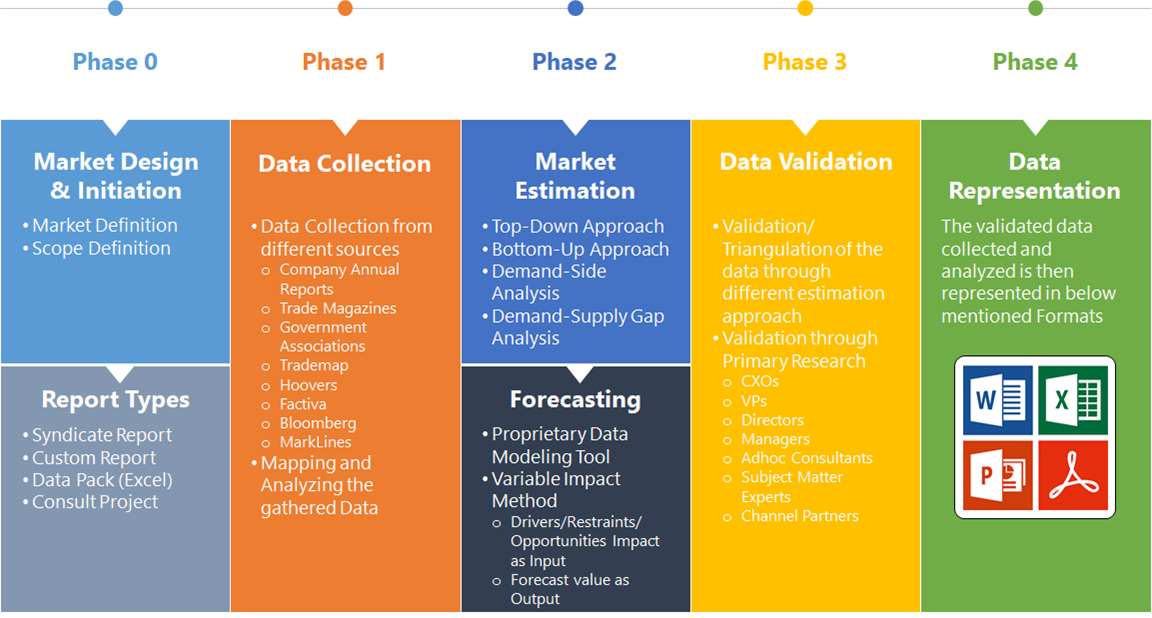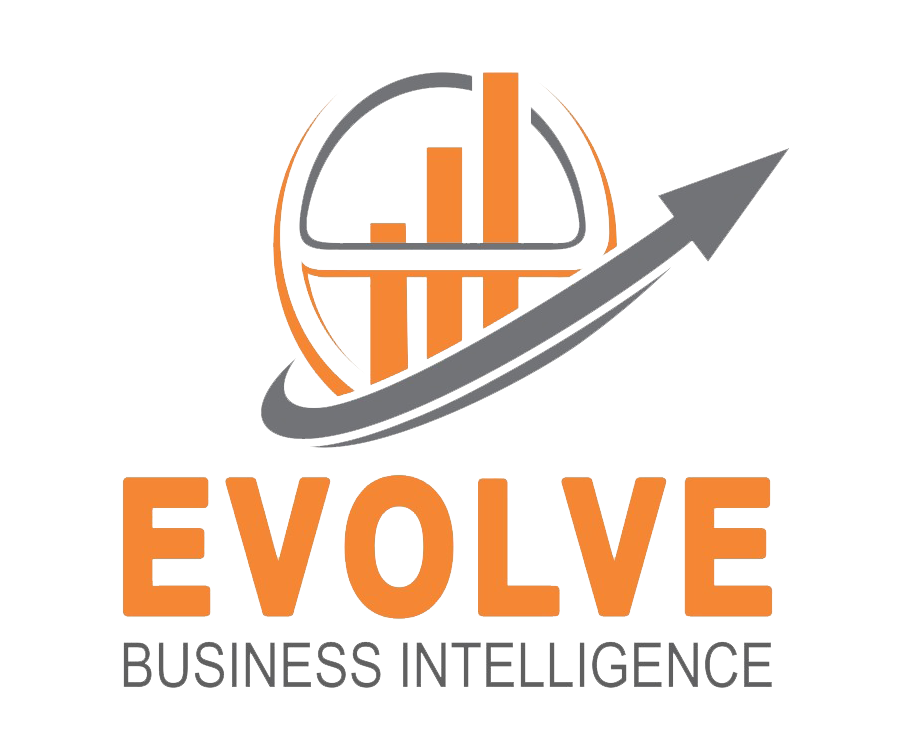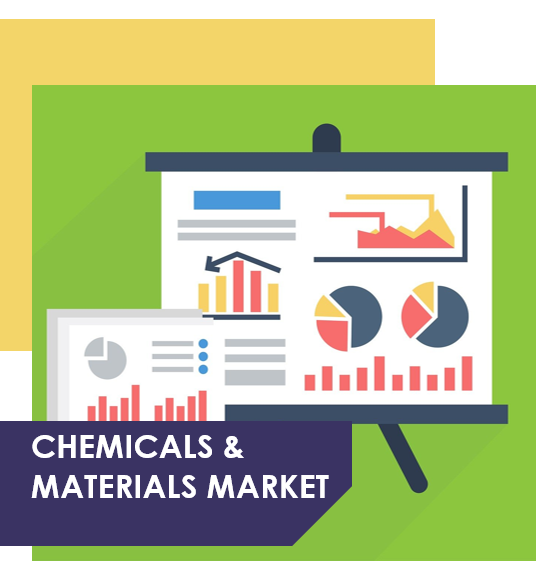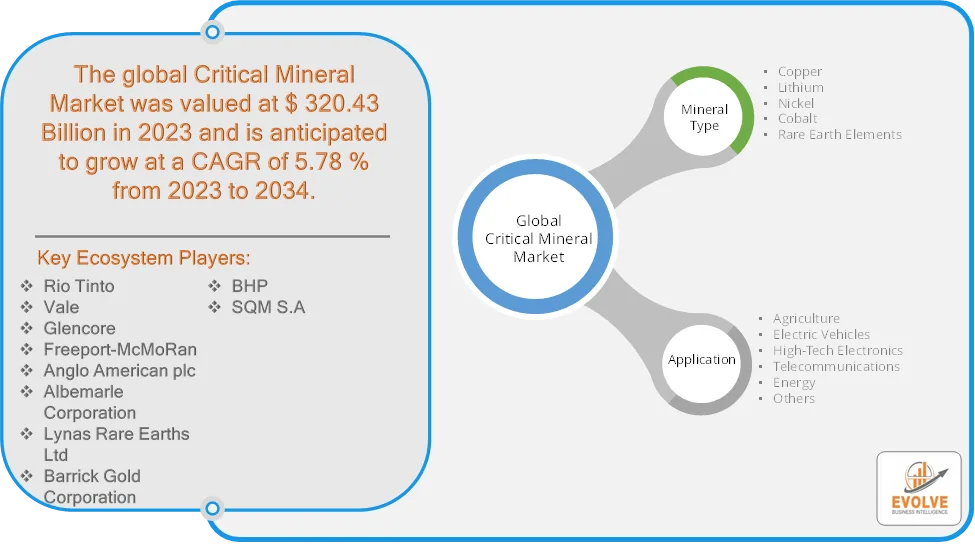Critical Mineral Market Analysis and Global Forecast 2023-2033
$ 1,390.00 – $ 5,520.00Price range: $ 1,390.00 through $ 5,520.00
Critical Mineral Market Research Report: Information By Mineral Type (Copper, Lithium, Nickel, Cobalt, Rare Earth Elements), By Application (Agriculture, Electric Vehicles, High-Tech Electronics, Telecommunications, Energy, Others), and by Region — Forecast till 2033
Page: 165
Critical Mineral Market Overview
The Critical Mineral Market size accounted for USD 320.43 Billion in 2023 and is estimated to account for 322.55 Billion in 2024. The Market is expected to reach USD 498.22 Billion by 2034 growing at a compound annual growth rate (CAGR) of 5.78% from 2024 to 2034. The critical mineral market is experiencing significant growth and transformation, primarily driven by the increasing global demand for clean energy technologies and high-tech electronics. These minerals are essential for producing electric vehicles (EVs), batteries, solar panels, wind turbines, and various other applications crucial for a sustainable future.
The critical mineral market is a dynamic and crucial sector for the global energy transition and technological advancement. While experiencing rapid growth, it faces challenges related to supply chain security, price volatility, and sustainability, necessitating strategic actions by governments and industries worldwide.
Global Critical Mineral Market Synopsis
 Critical Mineral Market Dynamics
Critical Mineral Market Dynamics
The major factors that have impacted the growth of Critical Mineral Market are as follows:
Drivers:
Ø Technological Advancements & Material Substitution
Battery technology improvements, such as solid-state batteries, could shift demand away from certain minerals. The rise of lithium-iron-phosphate (LFP) batteries is reducing reliance on cobalt and nickel. AI and automation are improving mining efficiency and exploration. Critical minerals are essential for semiconductors, aerospace, and defense industries. Increased investment in smart grids, 5G, and AI-driven industries is boosting demand and copper demand is rising due to its use in electrification and grid expansion.
Restraint:
- High Production & Processing Costs and Technological Changes
Mining and refining critical minerals require capital-intensive investments. Many high-grade deposits are depleting, forcing miners to extract from lower-quality ores, increasing costs and processing challenges (especially for rare earth elements) require complex separation techniques that are expensive and environmentally damaging. Advances in battery technology (e.g., lithium-iron-phosphate [LFP] batteries) reduce demand for cobalt and nickel and recycling of critical minerals is emerging as a sustainable alternative, potentially reducing the need for new mining projects.
Opportunity:
⮚ Rising Demand from Clean Energy & EVs
Electric vehicles (EVs) and renewable energy sources (solar, wind) are driving massive demand for lithium, cobalt, nickel, and rare earth elements (REEs). Global net-zero targets and policies promoting sustainability create a long-term market for these minerals. Advancements in solid-state batteries and sodium-ion batteries offer new opportunities to reduce reliance on lithium and cobalt. Material innovations (e.g., silicon anodes, graphene-based conductors) could improve battery performance while reducing mineral dependency and Governments and private companies are funding R&D into these next-generation materials.
Critical Mineral Market Segment Overview
Based on Mineral Type, the market is segmented based on Copper, Lithium, Nickel, Cobalt, Rare Earth Elements. The copper segment dominant the market owing to the increasing usage of copper-based applications. Copper is a vital component used in various industries, including clean energy technologies, electrical systems, and infrastructure development. As the world transitions to cleaner energy sources and electrification, the demand for copper is expected to rise.
By Application
Based on Application, the market segment has been divided into the Agriculture, Electric Vehicles, High-Tech Electronics, Telecommunications, Energy, Others. The electric vehicles segment dominant the market. The industry that mostly uses critical minerals is the clean energy sector. Critical minerals, such as lithium, cobalt, nickel, and rare earth elements, are crucial for the production of clean energy technologies such as batteries for electric vehicles and renewable energy storage systems. These minerals are also used in other clean energy applications, including wind turbines and solar panels. The clean energy sector heavily relies on these critical minerals to support the transition to a more sustainable and low-carbon future.
Global Critical Mineral Market Regional Analysis
Based on region, the global Critical Mineral Market has been divided into North America, Europe, Asia-Pacific, the Middle East & Africa, and Latin America. North America is projected to dominate the use of the Critical Mineral Market followed by the Asia-Pacific and Europe regions.
 North America Critical Mineral Market
North America Critical Mineral Market
North America holds a dominant position in the Critical Mineral Market. Canada is positioned as a leader in critical mineral production with strategies focusing on sustainable development, value chain strengthening, and international alliances. The US and Canada possess mineral resources and processing expertise, though both are heavily dependent on processed minerals from China.
Asia-Pacific Critical Mineral Market
The Asia-Pacific region has indeed emerged as the fastest-growing market for the Critical Mineral Market industry. China maintains a dominant position in rare earth refining, processing a significant portion of these minerals essential for high-tech applications and India has state-owned enterprises are negotiating to acquire stakes in international lithium projects, such as those in Australia, to secure resources vital for electric vehicle (EV) batteries.
Competitive Landscape
The global Critical Mineral Market is highly competitive, with numerous players offering a wide range of software solutions. The competitive landscape is characterized by the presence of established companies, as well as emerging startups and niche players. To increase their market position and attract a wide consumer base, the businesses are employing various strategies, such as product launches, and strategic alliances.
Prominent Players:
- Rio Tinto
- Vale
- Glencore
- Freeport-McMoRan
- Anglo American plc
- Albemarle Corporation
- Lynas Rare Earths Ltd
- Barrick Gold Corporation
- BHP
- SQM S.A.
Scope of the Report
Global Critical Mineral Market, by Mineral Type
- Copper
- Lithium
- Nickel
- Cobalt
- Rare Earth Elements
Global Critical Mineral Market, by Application
- Agriculture
- Electric Vehicles
- High-Tech Electronics
- Telecommunications
- Energy
- Others
Global Critical Mineral Market, by Region
- North America
- US
- Canada
- Mexico
- Europe
- UK
- Germany
- France
- Italy
- Spain
- Benelux
- Nordic
- Rest of Europe
- Asia Pacific
- China
- Japan
- South Korea
- Indonesia
- Austalia
- Malaysia
- India
- Rest of Asia Pacific
- South America
- Brazil
- Argentina
- Rest of SouthAmerica
- Middle East &Africa
- Saudi Arabia
- UAE
- Egypt
- SouthAfrica
- Rest of Middle East & Africa
| Parameters | Indicators |
|---|---|
| Market Size | 2033: USD 498.22 Billion |
| CAGR (2023-2033) | 5.78% |
| Base year | 2022 |
| Forecast Period | 2023-2033 |
| Historical Data | 2021 (2017 to 2020 On Demand) |
| Report Coverage | Revenue Forecast, Competitive Landscape, Growth Factors, and Trends |
| Key Segmentations | Mineral Type, Application |
| Geographies Covered | North America, Europe, Asia-Pacific, South America, Middle East, Africa |
| Key Vendors | Rio Tinto, Vale, Glencore, Freeport-McMoRan, Anglo American plc, Albemarle Corporation, Lynas Rare Earths Ltd, Barrick Gold Corporation, BHP and SQM S.A. |
| Key Market Opportunities | · Rising Demand from Clean Energy & EVs · Investment in Alternative Materials & Battery Technologies |
| Key Market Drivers | · Technological Advancements & Material Substitution · Infrastructure Development & Industrial Growth |
REPORT CONTENT BRIEF:
- High-level analysis of the current and future Critical Mineral Market trends and opportunities
- Detailed analysis of current market drivers, restraining factors, and opportunities in the future
- Critical Mineral Market historical market size for the year 2021, and forecast from 2023 to 2033
- Critical Mineral Market share analysis at each product level
- Competitor analysis with detailed insight into its product segment, Government & Defense strength, and strategies adopted.
- Identifies key strategies adopted including product launches and developments, mergers and acquisitions, joint ventures, collaborations, and partnerships as well as funding taken and investment done, among others.
- To identify and understand the various factors involved in the global Critical Mineral Market affected by the pandemic
- To provide a detailed insight into the major companies operating in the market. The profiling will include the Government & Defense health of the company’s past 2-3 years with segmental and regional revenue breakup, product offering, recent developments, SWOT analysis, and key strategies.
Frequently Asked Questions (FAQ)
What is the study period of this market?
The study period of the global Critical Mineral Market is 2021- 2033
What is the growth rate of the global Critical Mineral Market?
The global Critical Mineral Market is growing at a CAGR of 5.78% over the next 10 years
Which region has the highest growth rate in the market of Critical Mineral Market?
Asia Pacific is expected to register the highest CAGR during 2023-2033
Which region has the largest share of the global Critical Mineral Market?
North America holds the largest share in 2022
Who are the key players in the global Critical Mineral Market?
Rio Tinto, Vale, Glencore, Freeport-McMoRan, Anglo American plc, Albemarle Corporation, Lynas Rare Earths Ltd, Barrick Gold Corporation, BHP and SQM S.A. are the major companies operating in the market.
Do you offer Post Sale Support?
Yes, we offer 16 hours of analyst support to solve the queries
Do you sell particular sections of a report?
Yes, we provide regional as well as country-level reports. Other than this we also provide a sectional report. Please get in contact with our sales representatives.
Press Release

Global Pharmaceutical Manufacturing Market to Reach $1.38 Trillion by 2035 with 7.35% CAGR, New Research Shows

The Global Mammography Market Is Estimated To Record a CAGR of Around 10.29% During The Forecast Period

Glue Stick Market to Reach USD 2.35 Billion by 2034

Podiatry Service Market to Reach USD 11.88 Billion by 2034

Microfluidics Technology Market to Reach USD 32.58 Billion by 2034

Ferric Chloride Market to Reach USD 10.65 Billion by 2034

Family Practice EMR Software Market to Reach USD 21.52 Billion by 2034

Electric Hairbrush Market to Reach USD 15.95 Billion by 2034

Daily Bamboo Products Market to Reach USD 143.52 Billion by 2034

Cross-border E-commerce Logistics Market to Reach USD 112.65 Billion by 2034
Table of Content
Chapter 1. Executive Summary
Chapter 2. Scope Of The Study
2.1. Market Definition
2.2. Scope Of The Study
2.2.1. Objectives of Report
2.2.2. Limitations
2.3. Market Structure
Chapter 3. Evolve BI Methodology
Chapter 4. Market Insights and Trends
4.1. Supply/ Value Chain Analysis
4.1.1. Raw End Users Providers
4.1.2. Manufacturing Process
4.1.3. Distributors/Retailers
4.1.4. End-Use Industry
4.2. Porter’s Five Forces Analysis
4.2.1. Threat Of New Entrants
4.2.2. Bargaining Power Of Buyers
4.2.3. Bargaining Power Of Suppliers
4.2.4. Threat Of Substitutes
4.2.5. Industry Rivalry
4.3. Impact Of COVID-19 on the Critical Mineral Market
4.3.1. Impact on Market Size
4.3.2. End-Use Industry Trend, Preferences, and Budget Impact
4.3.3. Regulatory Framework/Government Policies
4.3.4. Key Players' Strategy to Tackle Negative Impact
4.3.5. Opportunity Window
4.4. Technology Overview
12.28. Macro factor
4.6. Micro Factor
4.7. Demand Supply Gap Analysis of the Critical Mineral Market
4.8. Import Analysis of the Critical Mineral Market
4.9. Export Analysis of the Critical Mineral Market
Chapter 5. Market Dynamics
5.1. Introduction
5.2. DROC Analysis
5.2.1. Drivers
5.2.2. Restraints
5.2.3. Opportunities
5.2.4. Challenges
5.3. Patent Analysis
5.4. Industry Roadmap
5.5. Parent/Peer Market Analysis
Chapter 6. Global Critical Mineral Market, By Mineral Type
6.1. Introduction
6.2. Copper
6.3. Lithium
6.4. Nickel
6.5. Cobalt
6.6. Rare Earth Elements
Chapter 7. Global Critical Mineral Market, By Application
7.1. Introduction
7.2. Agriculture
7.3. Electric Vehicles
7.4. High-Tech Electronics
7.5. Telecommunications
7.6. Energy
7.7. Others
Chapter 8. Global Critical Mineral Market, By Region
8.1. Introduction
8.2. North America
8.2.1. Introduction
8.2.2. Driving Factors, Opportunity Analyzed, and Key Trends
8.2.3. Market Size and Forecast, By Country, 2024-2034
8.2.4. Market Size and Forecast, By Product Type, 2024-2034
8.2.5. Market Size and Forecast, By End User, 2024-2034
8.2.6. US
8.2.6.1. Introduction
8.2.6.2. Driving Factors, Opportunity Analyzed, and Key Trends
8.2.6.3. Market Size and Forecast, By Product Type, 2024-2034
8.2.6.4. Market Size and Forecast, By End User, 2024-2034
8.2.7. Canada
8.2.7.1. Introduction
8.2.7.2. Driving Factors, Opportunity Analyzed, and Key Trends
8.2.7.4. Market Size and Forecast, By Product Type, 2024-2034
8.2.7.5. Market Size and Forecast, By End User, 2024-2034
8.3. Europe
8.3.1. Introduction
8.3.2. Driving Factors, Opportunity Analyzed, and Key Trends
8.3.3. Market Size and Forecast, By Country, 2024-2034
8.3.4. Market Size and Forecast, By Product Type, 2024-2034
8.3.5. Market Size and Forecast, By End User, 2024-2034
8.3.6. Germany
8.3.6.1. Introduction
8.3.6.2. Driving Factors, Opportunity Analyzed, and Key Trends
8.3.6.3. Market Size and Forecast, By Product Type, 2024-2034
8.3.6.4. Market Size and Forecast, By End User, 2024-2034
8.3.7. France
8.3.7.1. Introduction
8.3.7.2. Driving Factors, Opportunity Analyzed, and Key Trends
8.3.7.3. Market Size and Forecast, By Product Type, 2024-2034
8.3.7.4. Market Size and Forecast, By End User, 2024-2034
8.3.8. UK
8.3.8.1. Introduction
8.3.8.2. Driving Factors, Opportunity Analyzed, and Key Trends
8.3.8.3. Market Size and Forecast, By Product Type, 2024-2034
8.3.8.4. Market Size and Forecast, By End User, 2024-2034
8.3.9. Italy
8.3.9.1. Introduction
8.3.9.2. Driving Factors, Opportunity Analyzed, and Key Trends
8.3.9.3. Market Size and Forecast, By Product Type, 2024-2034
8.3.9.4. Market Size and Forecast, By End User, 2024-2034
8.3.11. Rest Of Europe
8.3.11.1. Introduction
8.3.11.2. Driving Factors, Opportunity Analyzed, and Key Trends
8.3.11.3. Market Size and Forecast, By Product Type, 2024-2034
8.3.11.4. Market Size and Forecast, By End User, 2024-2034
8.4. Asia-Pacific
8.4.1. Introduction
8.4.2. Driving Factors, Opportunity Analyzed, and Key Trends
8.4.3. Market Size and Forecast, By Country, 2024-2034
8.4.4. Market Size and Forecast, By Product Type, 2024-2034
8.12.28. Market Size and Forecast, By End User, 2024-2034
8.4.6. China
8.4.6.1. Introduction
8.4.6.2. Driving Factors, Opportunity Analyzed, and Key Trends
8.4.6.3. Market Size and Forecast, By Product Type, 2024-2034
8.4.6.4. Market Size and Forecast, By End User, 2024-2034
8.4.7. India
8.4.7.1. Introduction
8.4.7.2. Driving Factors, Opportunity Analyzed, and Key Trends
8.4.7.3. Market Size and Forecast, By Product Type, 2024-2034
8.4.7.4. Market Size and Forecast, By End User, 2024-2034
8.4.8. Japan
8.4.8.1. Introduction
8.4.8.2. Driving Factors, Opportunity Analyzed, and Key Trends
8.4.8.3. Market Size and Forecast, By Product Type, 2024-2034
8.4.8.4. Market Size and Forecast, By End User, 2024-2034
8.4.9. South Korea
8.4.9.1. Introduction
8.4.9.2. Driving Factors, Opportunity Analyzed, and Key Trends
8.4.9.3. Market Size and Forecast, By Product Type, 2024-2034
8.4.9.4. Market Size and Forecast, By End User, 2024-2034
8.4.10. Rest Of Asia-Pacific
8.4.10.1. Introduction
8.4.10.2. Driving Factors, Opportunity Analyzed, and Key Trends
8.4.10.3. Market Size and Forecast, By Product Type, 2024-2034
8.4.10.4. Market Size and Forecast, By End User, 2024-2034
8.5. Rest Of The World (RoW)
8.5.1. Introduction
8.5.2. Driving Factors, Opportunity Analyzed, and Key Trends
8.5.3. Market Size and Forecast, By Product Type, 2024-2034
8.5.4. Market Size and Forecast, By End User, 2024-2034
Chapter 9. Company Landscape
9.1. Introduction
9.2. Vendor Share Analysis
9.3. Key Development Analysis
9.4. Competitor Dashboard
Chapter 10. Company Profiles
10.1. Rio Tinto
10.1.1. Business Overview
10.1.2. Government & Defense Analysis
10.1.2.1. Government & Defense – Existing/Funding
10.1.3. Product Portfolio
10.1.4. Recent Development and Strategies Adopted
10.1.5. SWOT Analysis
10.2. Vale
10.2.1. Business Overview
10.2.2. Government & Defense Analysis
10.2.2.1. Government & Defense – Existing/Funding
10.2.3. Product Portfolio
10.2.4. Recent Development and Strategies Adopted
10.2.5. SWOT Analysis
10.3. Glencore
10.3.1. Business Overview
10.3.2. Government & Defense Analysis
10.3.2.1. Government & Defense – Existing/Funding
10.3.3. Product Portfolio
10.3.4. Recent Development and Strategies Adopted
10.3.5. SWOT Analysis
10.4. Freeport-McMoRan
10.4.1. Business Overview
10.4.2. Government & Defense Analysis
10.4.2.1. Government & Defense – Existing/Funding
10.4.3. Product Portfolio
10.4.4. Recent Development and Strategies Adopted
10.12.28. SWOT Analysis
10.5. Anglo American plc
10.5.1. Business Overview
10.5.2. Government & Defense Analysis
10.5.2.1. Government & Defense – Existing/Funding
10.5.3. Product Portfolio
10.5.4. Recent Development and Strategies Adopted
10.5.5. SWOT Analysis
10.6. Albemarle Corporation
10.6.1. Business Overview
10.6.2. Government & Defense Analysis
10.6.2.1. Government & Defense – Existing/Funding
10.6.3. Product Portfolio
10.6.4. Recent Development and Strategies Adopted
10.6.5. SWOT Analysis
10.7. Lynas Rare Earths Ltd
10.7.1. Business Overview
10.7.2. Government & Defense Analysis
10.7.2.1. Government & Defense – Existing/Funding
10.7.3. Product Portfolio
10.7.4. Recent Development and Strategies Adopted
10.7.5. SWOT Analysis
10.8 Barrick Gold Corporation
10.8.1. Business Overview
10.8.2. Government & Defense Analysis
10.8.2.1. Government & Defense – Existing/Funding
10.8.3. Product Portfolio
10.8.4. Recent Development and Strategies Adopted
10.8.5. SWOT Analysis
10.9 BHP
10.9.1. Business Overview
10.9.2. Government & Defense Analysis
10.9.2.1. Government & Defense – Existing/Funding
10.9.3. Product Portfolio
10.9.4. Recent Development and Strategies Adopted
10.9.5. SWOT Analysis
10.10. SQM S.A.
10.10.1. Business Overview
10.10.2. Government & Defense Analysis
10.9.2.1. Government & Defense – Existing/Funding
10.10.3. Product Portfolio
10.10.4. Recent Development and Strategies Adopted
10.10.5. SWOT Analysis
Connect to Analyst
Research Methodology








